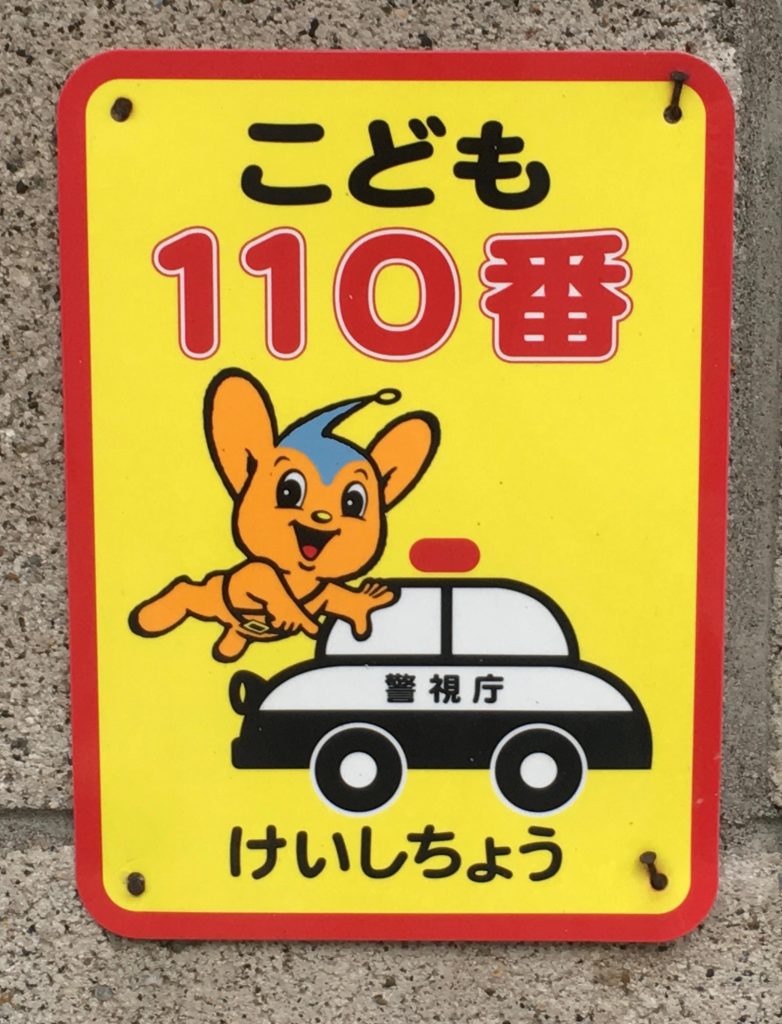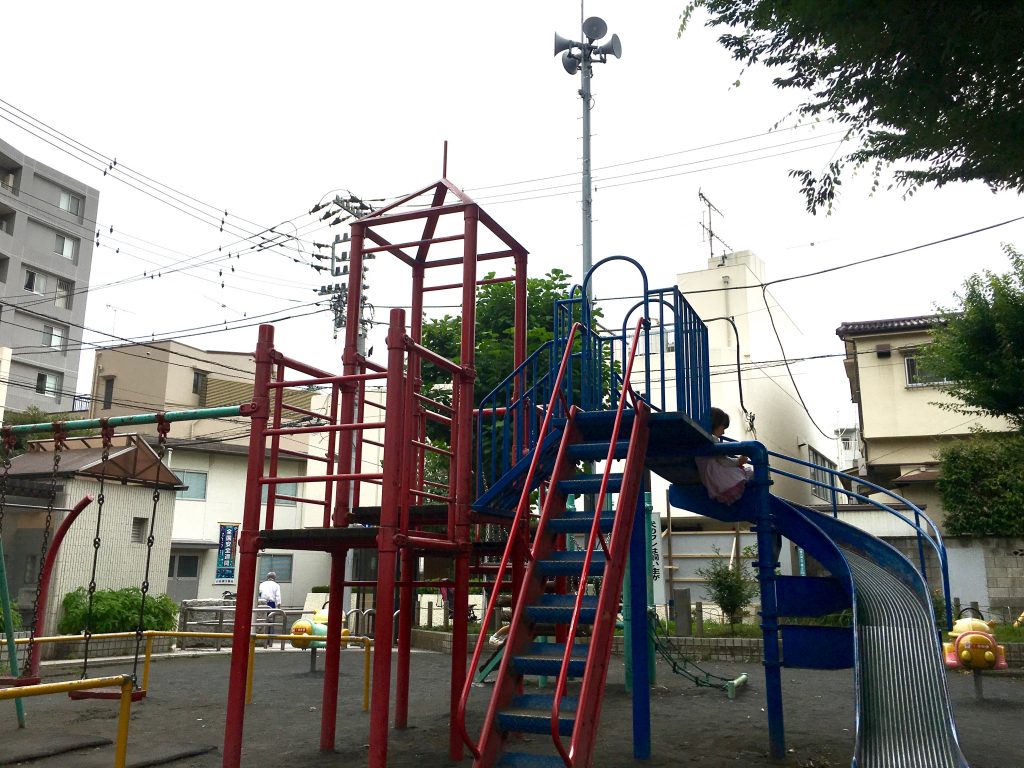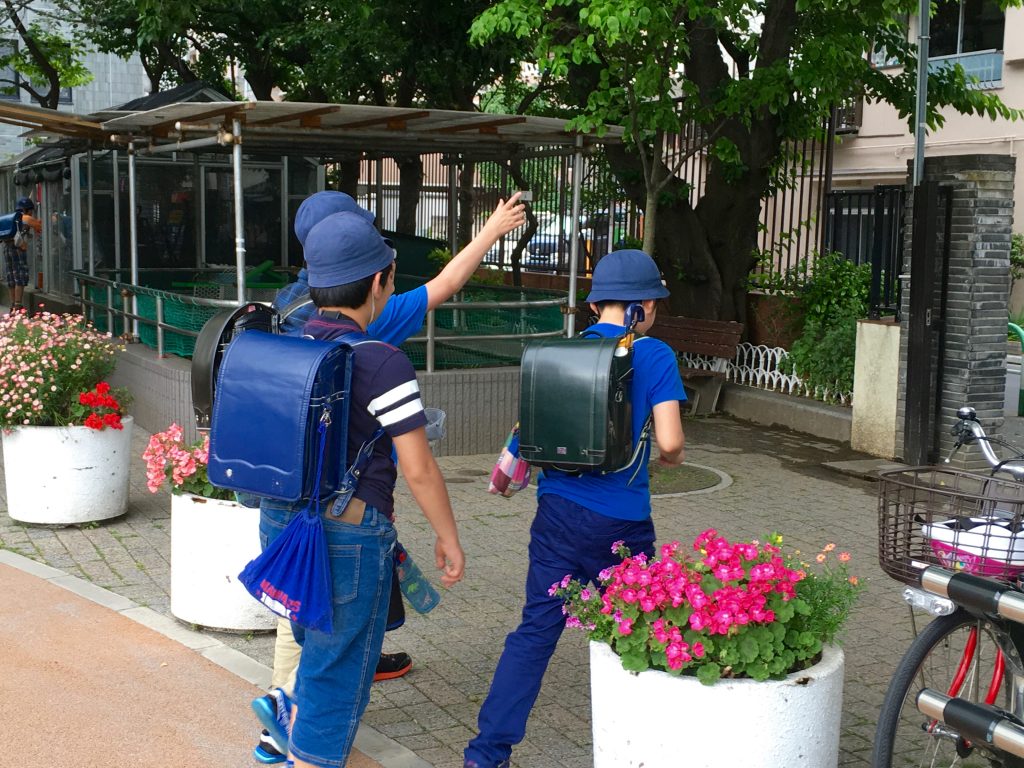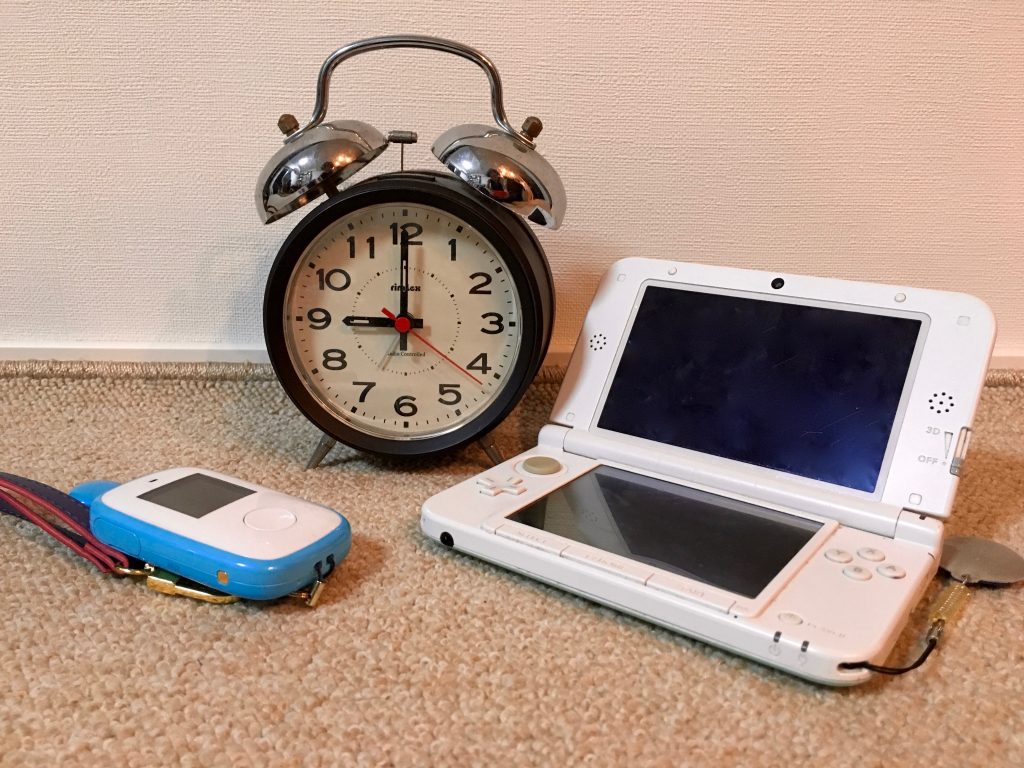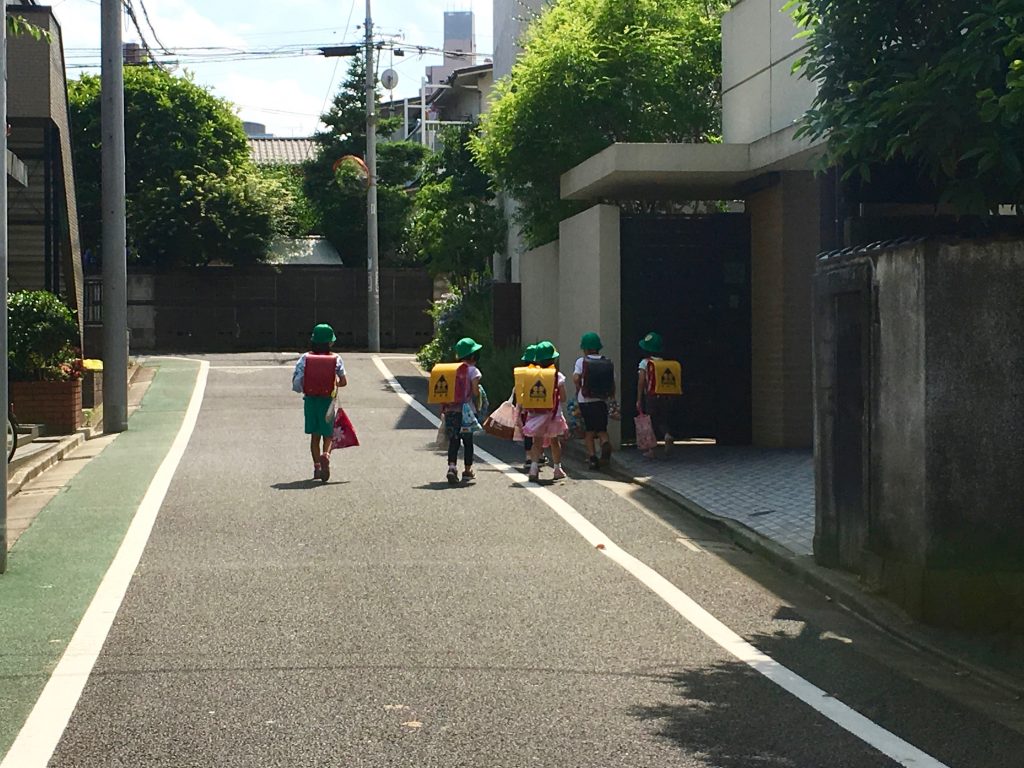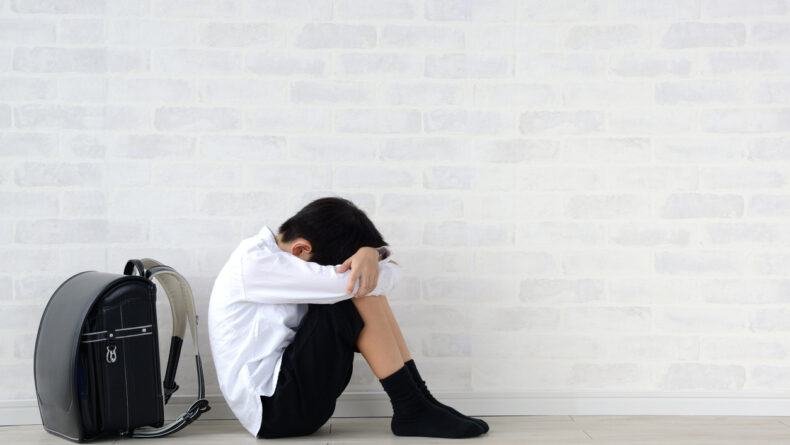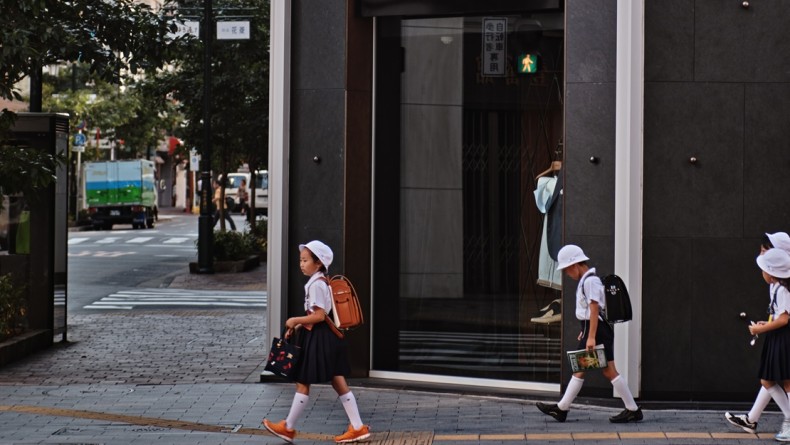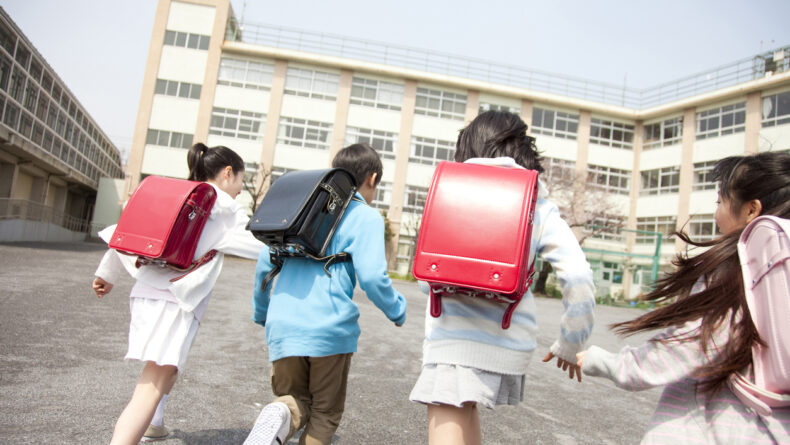Child Safety Tips From Japanese Schools
Basic Education
Have you ever been puzzled at the sight of Japanese kids taking the train alone, having a park shortcut and heading to school completely unattended? Have you ever found yourself thinking that their parents must be out of their minds — or at the very least, worried sick? For many of us coming from abroad, such thoughts are inevitable.
In Japan, solo commute from a very early age seems to work out well, and the education children receive at school here is a key factor in achieving this. This month, we look into Japanese schools’ safety guidelines for kids — in an attempt to understand what contributes to making this one of the safest countries in the world.
Off To School
Although some elementary schools use a group walk-to-school system, it’s still rather rare in Tokyo, meaning that for many children here the first walk they take on their own will be the walk to school. Schools advise parents to train their kids in this well ahead of the entrance ceremony:
Have your child practice taking the walk to school so that she learns the route. Teach her how to cross safely at traffic lights and other key points.
Tip: When doing this, together try spotting as many Kodomo 110-ban (child safety houses) as you can along the way, perhaps making a game of it.
Take the same set route to and from school.
To a parent, this probably seems obvious, but the same can’t be said for kids. A sunny day may see them want to take a longer route home, or a friend making a right turn may encourage them to do the same. The advantages of having your children stick to this rule include being able to find them if you chase after them with a forgotten item or need to go looking for them after school.
Going Out To Play
Always put your school bag and hat down at home before going out to play.
This is one of the firmest of the school guidelines and is emphasized mainly because the period immediately after leaving school is the most dangerous for kids, according to police. Dark-minded strangers who spot children stopping to play before heading home will assume the child is open to distractions and has no one awaiting their arrival at home, making them a good target.
Before going out to play, your child needs to tell you where she will be going, with whom, what they are going to do and what time she will be home.
Return home before dark. Use the evening chime (usually broadcast from a park or school) as a guide.
From late March to late September you will hear it at 6 p.m., during winter, when it gets dark earlier, it will ring at 5 p.m. Many families seem to use this chime as curfew and younger school kids, in particular, will flee the park at once when it sounds.
Don’t go to play at a house where a guardian will not be present.
Your PTA class representatives will probably put together (with each member’s permission) a list of your classmates’ home contact phone numbers, which will help you arrange your child’s solo playdates. Use it to confirm the presence of an adult when your child goes to a friend’s house.
Don’t play in a parking lot or elevator or any similar places. Don’t play at game centers or shopping malls or other places where many people congregate and don’t go playing far away, such as outside the school intake area.
By in effect asking kids to not go looking for trouble, these tips will help keep them away from situations they are not yet ready to deal with.
If a child feels scared or feels in danger, he should flee to a nearby shop or other establishment and contact the police straight away.
This is the purpose for which the kodomo 110-ban safety houses were created, but any place where there will be people who will help protect the child will suffice in a pinch.
When With Friends
Children should not take money with them when they play together and should not borrow or lend each other money or other objects.
Along with the loose use of money, this rule also aims to prevent bullying via extortion.
Tip: Even letting your kids take money with them to buy snacks or a drink to have at the park can blur the lines, so keep this tip as a hard-and-fast rule and give your children food and drink bottles to take with them. Tell them to share the snacks with their friends and that they are in charge of clearing up the empty wrappers. Ideally, kids would eat at home before going out to play and thereby avoid any problems with trash and snack sharing and poor public etiquette.
Don’t take handheld games or card games when going to play outdoors.
Small items such as game software cartridges and cards are even more easily misplaced when used outdoors. There is also the further risk of a lost item being construed as stolen instead, and thereby threatening friendships.
Mobile Phone Usage
Mobile phones are certainly a useful tool to connect busy parents and children, but they also open the door to a new avenue for bullying.
Elementary school kids’ cellphones are generally a junior version that limits the people who can call and email them to a handful of pre-registered addresses or numbers, but at junior high schools, regular handsets are the norm, perhaps largely because messaging is used to coordinate school club activities. Considering that bullying peaks in the first year of junior high, it’s really not a good structure, and parents should be vigilant about their children’s cell phone usage.
Apply filtering functions to your child’s phone to protect her from harmful sites.
Japanese schools instruct parents to make sure their kids understand the danger of the internet and the need to protect their personal information. Most of the school guidelines below should also be applied to game machines that have messaging functions.
To maintain a good daily routine:
- Forbid phone usage (including messaging and game functions) while eating and while studying.
- Set a 9 p.m. phone-use curfew.
- Confiscate your child’s phone during his sleep time or at phone curfew time.
To protect privacy:
- Never tell their phone numbers or messaging addresses to only a few people, only as needed.
- Do not tell a friend’s number or email address to someone else without permission.
- Don’t access websites or applications that require personal details such as name, photo, phone number, messaging address.
- Never answer a call or message from someone you don’t know
- Never go to meet in-person someone they have met on the internet.
To protect family and friendships:
- Before sending a message, kids should first consider how the person receiving it will react to its content and phrasing.
- Don’t needlessly or excessively create and join messaging groups.
- Communicate important messages face-to-face, not via phone.
Have your child maintain proper cell phone etiquette, particularly regarding where it is used.
In summary, though many of these rules seem universal, by creating a guideline for families that is taught repeatedly since a very young age, Japanese schools play a major role in assuring that rules are welcomed for their role in establishing a common baseline for behavior.
For children, knowing where they stand and what is expected of them helps nurture their sense of responsibility and independence—and perhaps that is why in comparison to other countries, Japan is still a safe place to let your kids walk to school alone.

